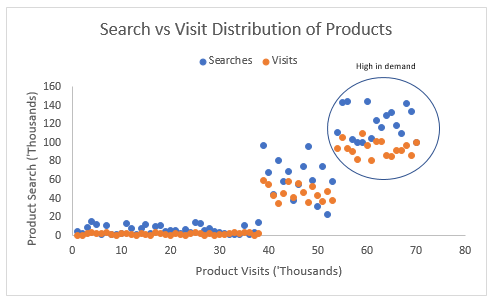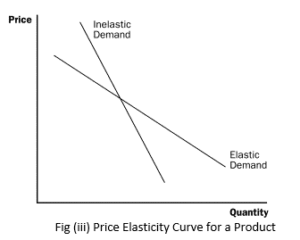Featured content

Automating Oncology Intake with AI-Power...
July 14, 2025

Structuring Quality in Enterprise Softwa...
July 2, 2025

Intelligent Pharmacy Benefit Simulation ...
June 16, 2025

Modernizing Health Claims Analytics with...
June 12, 2025

Choosing Polars Over Pandas for High-Per...
May 23, 2025

Improving Enterprise Agility with a Unif...
May 19, 2025

The Future of Medallion Architecture wit...
April 25, 2025

SMS Opt-In Analysis for Customer Engagem...
April 18, 2025

Enterprise-Grade Automation for Data Pip...
April 11, 2025

Accelerating Cloud Migration with Automa...
April 8, 2025


